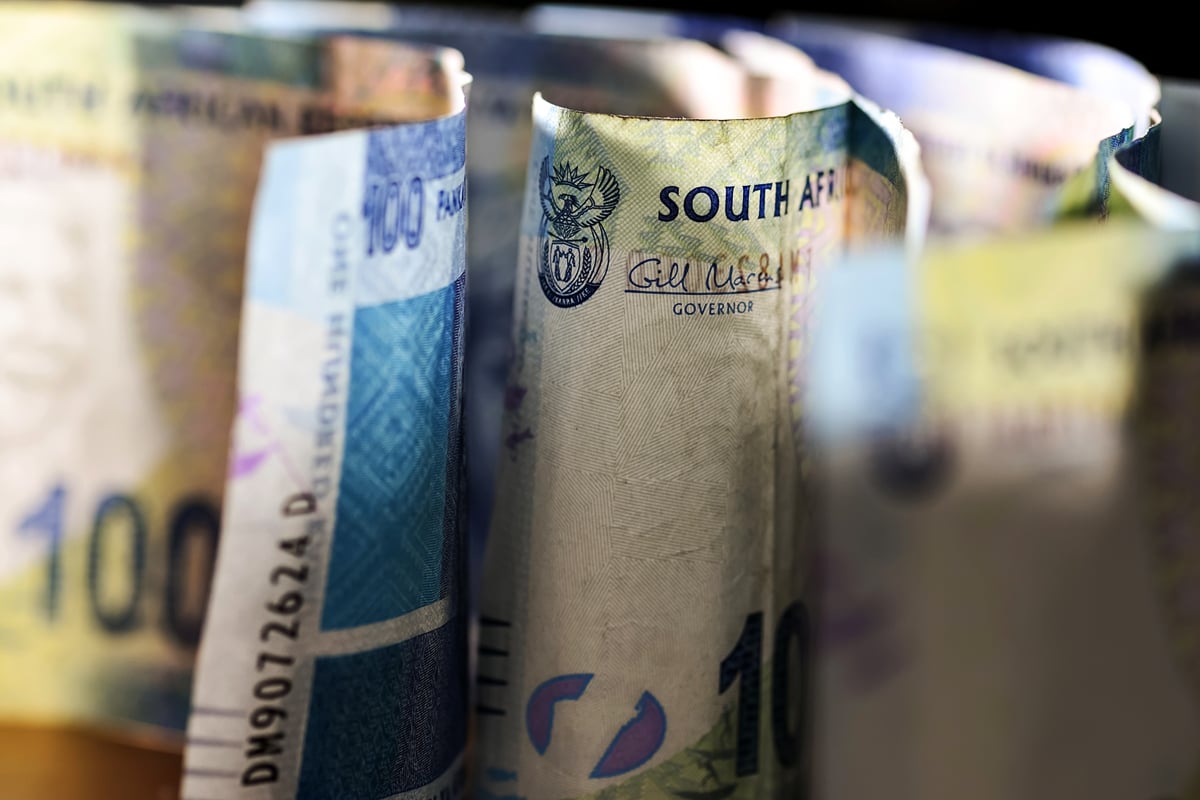Global Courant 2023-04-27 20:00:20
Load shedding contributes substantially to inflation and is likely to continue to do so, says the South African Reserve Bank (SARB).
Looking at the effects of rolling blackouts into 2022, which have been tamer so far compared to this year, the SARB estimated that about 14% of business hours were lost in the industrial sector, while the commercial and agricultural sectors varied between 11% and 12%. %.
“With an expected increase in the number of working days from 157 days in 2022 to 250 days in 2023, the loss of office hours is expected to increase,” the central bank said.
SARB estimates an inflationary effect of 0.5 percentage point on inflation from the shedding of the tax.
In an effort to avoid the downtime caused by load shedding, companies turn to expensive alternative energy sources such as solar power and backup generators.
SARB said backup generators have variable fuel costs, which are likely to be passed on to consumers and add to inflation.
To arrive at a 0.5 percentage point effect on the inflation estimate, the SARB follows a two-step approach:
First, the extra electricity costs of off-grid generation are calculated. Second, the impact of the additional electricity costs on consumer price index inflation is assessed.
With regard to the additional costs associated with load shedding, the SARB has made the following assumptions:
Load shedding takes place in different stages (stages 1 to 6) to account for the intensity and variability in productive business hours across industries. Generators only operate during the business hours of the respective sectors. In total, 67% of companies use diesel generators during load shedding The costs of running a generator are 133% higher than that of electricity supplied by the municipal grid The share of electricity costs in the total costs differs per sector A total of 90 % of additional generation costs passed on to final prices
SARB said that based on the above assumptions and with load shedding forcing producers to pass on 90% of additional energy costs to final consumer prices – load shedding increased CPI by 0.6% in 2022.
On March 22, StatsSA reported that annual consumer price inflation was 7.0% in February 2023 – up from 6.9% the previous month.
Stats SA reports that the main factors behind the annual inflation rate of 7.0% were housing and utilities, transportation, food and non-alcoholic beverages, as well as various goods and services.
The central bank further stated that shedding the tax will further increase inflation by 1.1% in 2023.
“This further implies an inflation impact of 0.5 percentage point (i.e. 1.1% – 0.6%) in 2023 from the tax shedding,” SARB said.
Ultimately, there will be significant upward pressure on headline inflation, which will hamper the current process of disinflation, the bank noted.
This can be exacerbated by unexpected supply chain disruptions and shortages, particularly in the food industry.
Read: New data yields some ‘reassuring’ news for South Africa








